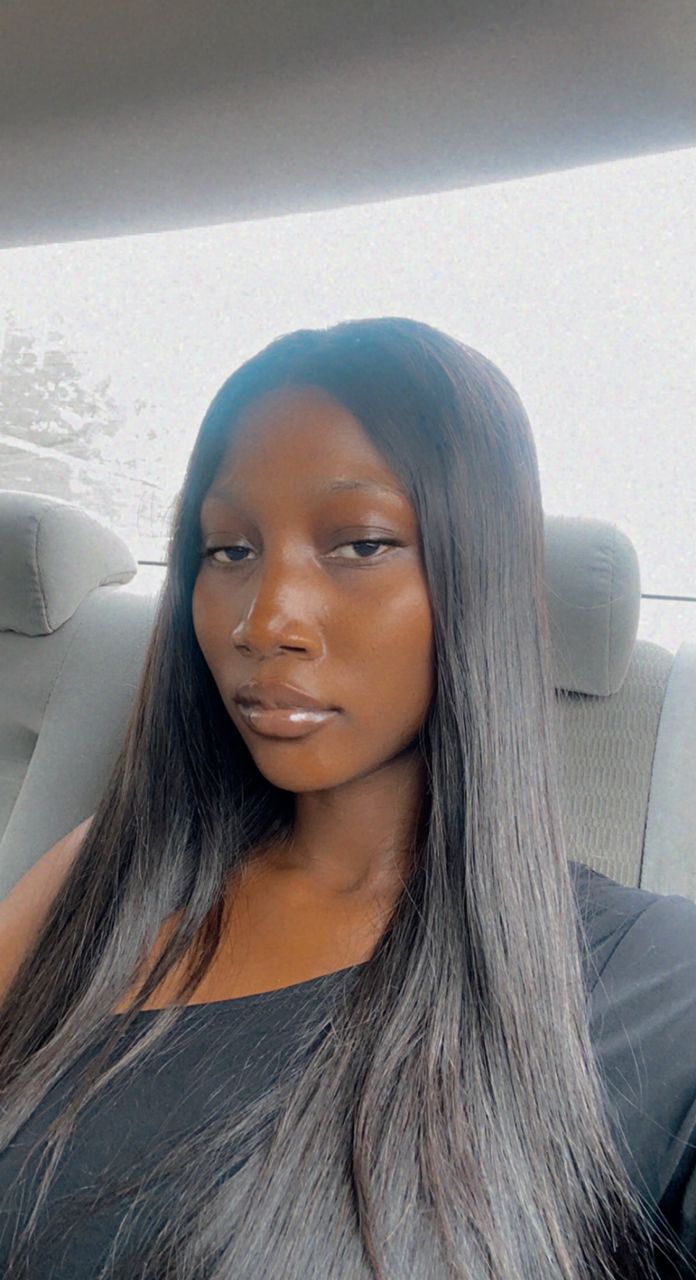Democratic Republic of Congo vs. the Republic of Congo
- Damilola Daramola

- Feb 26, 2022
- 3 min read
The Republic of Congo, aka Congo-Brazzaville, is a small country in Central Africa and has gone by several names, like West Congo, The Congo Republic, French Congo. It was formerly colonized by the French and is bordered by its five countries, including its namesake Democratic Republic of Congo, which is to its east. The Republic of Congo got its name after gaining its independence in 1960.
The Democratic Republic of Congo (DRC), aka Congo-Kinshasa, is the second-largest French-speaking country. Its capital, Kinshasa (formerly known as Léopoldville) is the largest city in central Africa.
DRC became a free state after gaining independence from Belgium in 1960. Still, from 1971 to 1997, the ruler, General Mobutu Sese Seko officially changed the name to the Republic of Zaire, which he regarded as an authentic African name. General Mobutu was later overthrown in 1997, and the country’s name was subsequently changed back to the Democratic Republic of Congo.
These countries’ similarities make them pretty interesting, and it would be impossible to mention one without mentioning the other, especially as they often get mixed up.
Key Differences Between Congo-Brazzaville and Congo-Kinshasa
Congo originates from Bakongo – a Bantu tribe that populates both countries.
The Democratic Republic of Congo is the third-largest country in Africa, and Congo Brazzaville is relatively small in contrast to that.
As mentioned earlier, DRC was colonized by Belgium, while Brazzaville was colonized by France. Both countries, however, gained independence in 1960.
Congo-Brazzaville’s currency is the Central African CFA. DRC, on the other hand, uses two currencies – the Congolese franc and the U.S. dollar, with the latter being the most used currency.
That said, French is the lingua franca of both countries.
Kinshasa, the capital city of DRC, has the largest and one of the most ecologically significant national reserves globally. These include Garamba National Park and Kahuzi-Biéga National Park. Brazzaville has just as many national parks as DRC, like the Sauvage in Pointe Noire, Nouabalé-Ndoki National Park, and Reserve de Lesio Louna.
Congo-Brazzaville: Home of the World’s Deepest River
The Congo River flows between the Republic of Congo and the Democratic Republic of Congo, and it's the deepest river in the world.
This great river carries 1.25 million cubic feet of water – more than 13 Olympic-sized swimming pools. It flows into the Atlantic Ocean every second, which is more than any river in the world, except the Amazon.

Source: Condé Nast Traveler
DRC: Land of Natural Resources
The Democratic Republic of Congo has an abundance of gold, tantalum, tungsten, and tin. These are all instrumental in the production of devices like laptops and cellphones.
Kinshasa is one of the world’s fastest-growing megacities.

Source: Pintrest
Career Paths in Congo
For both countries, Agriculture is a significant source of livelihood for the citizens.
In the Republic of Congo, rice is grown in the Niari Valley and around Djambala. These are supplemented with yams, sweet potatoes, corn, groundnuts, and fruit cultivation.
The Niara Valley is the commercial agricultural site, and sugarcane and tobacco are the country’s major cash crops. Palm kernels, cacao, and coffee are grown in fewer amounts.
The major crops grown in DRC include coffee, palm oil, rubber, cotton, sugar, tea, and cocoa. Not to mention food crops like cassava, plantains, maize, groundnuts, and rice grown.
Need help navigating your career options? Book a career coaching appointment with Black On The Job today.



Comments